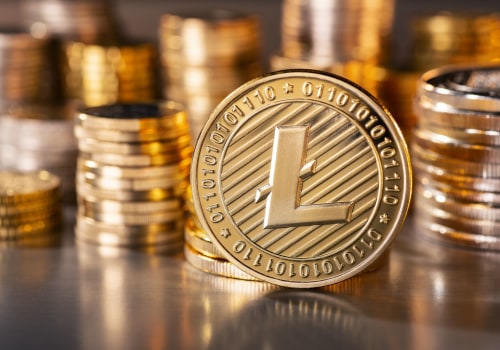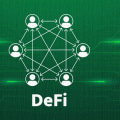What is an NFT? What does NFT mean? · Non-fungible token. That doesn't make it any clearer. However, a one-of-a-kind collectible card is not fungible. If you exchanged it for a different card, you would have something completely different.
You left a Squirtle and bought a 1909 Honus Wagner T206, which StadiumTalk calls “the Mona Lisa of baseball cards”. Non-fungible NFT tokens are digital assets that are certified to guarantee their authenticity, thanks to Blockchain technology, the same technology used in cryptocurrencies. These tokens are associated with a single file, and this file can be anything that can be digitized, from a photograph to a tweet. This wide variety of possibilities has promoted a new area of digital expression and business.
NFT refers to non-fungible tokens (NFT), which are generally created using the same type of programming used for cryptocurrencies. In simple terms, these cryptographic assets are based on blockchain technology. They cannot be exchanged or traded equivalently with other crypto assets. A non-fungible token (NFT) is a unique digital identifier that is registered on a blockchain and is used to certify ownership and authenticity.
It cannot be copied, replaced, or subdivided. The ownership of an NFT is recorded on the blockchain and can be transferred by the owner, allowing NFTs to be sold and traded. NFTs can be created by anyone and their creation requires little or no programming knowledge. NFTs often contain references to digital files such as works of art, photos, videos, and audio.
Because NFTs are uniquely identifiable, they differ from cryptocurrencies, which are fungible. They are usually created with the same type of programming as cryptocurrencies, such as Bitcoin or Ethereum, but that's where the similarity ends. NFTs are best known for representing ownership of digital collectibles, such as graphic art and game assets. The creator of a digital collectible object can “tokenize” the asset by minting an NFT, that is, using a blockchain platform to create a unique token associated with the active.
While NFTs could help eliminate counterfeits, details about the technology, possibly including a mobile application, have yet to be resolved. One of the most important advantages of NFTs is that digital creators can monetize their work, something that was previously difficult to do. A project called “CryptoKitties” by Dapper Labs on Ethereum consisted of the implementation of NFTs, widely recognized as the first of their kind. More and more people are looking to enter the digital NFT market, with the objective of promoting and exhibiting their works of art and musical creations or generating income from growing digital asset market.
Using NFT to digitally store and protect medical records, personal profiles, education, and address details gives users better control of their data and can help prevent identity theft. Initially, NFT applications took off mainly in the virtual, artistic, video game and collectible worlds. NFTs are created through a process called minting, in which asset information is encrypted and recorded on a blockchain. This type of banking is designed to be more secure and private than traditional banking, because NFTs are based on the blockchain, which uses cryptography and, in general, cannot be modified or reversed.
The community's exclusivity and cost of entry (artists must also buy “gas” to mint NFTs) mean that it can show off higher-caliber works of art. The New York Times spoke to some teenagers who were dedicated to NFC technology, and some said that they used NFTs as a way to get used to working on a project with a team, or simply to earn some money to spend. Some of the best ways to maximize the profitability of NFTs are to rent, earn royalties, trade NFTs, play with NFTs, and adopt NFT-based production systems. NFTs eliminate counterfeiting, help track the movement of products along the supply chain, and ensure exclusivity, all of which is applicable to the supply chains of luxury fashion brands.
There's also a series called Stoner Cats (yes, it's about cats who take drugs and yes, it stars Mila Kunis, Chris Rock and Jane Fonda), which uses NFTs as a kind of ticket system. The blockchain also makes it possible to track the owners of NFTs and eliminates the need for third parties to verify them. Although in their early stages, NFTs are suitable for logistics applications due to their immutability and transparency, which maintain the authenticity and reliability of supply chain data. NFTs for art and other applications cannot be modified or copied, which is important for preventing plagiarism and theft and helps artists to monetize their works.







